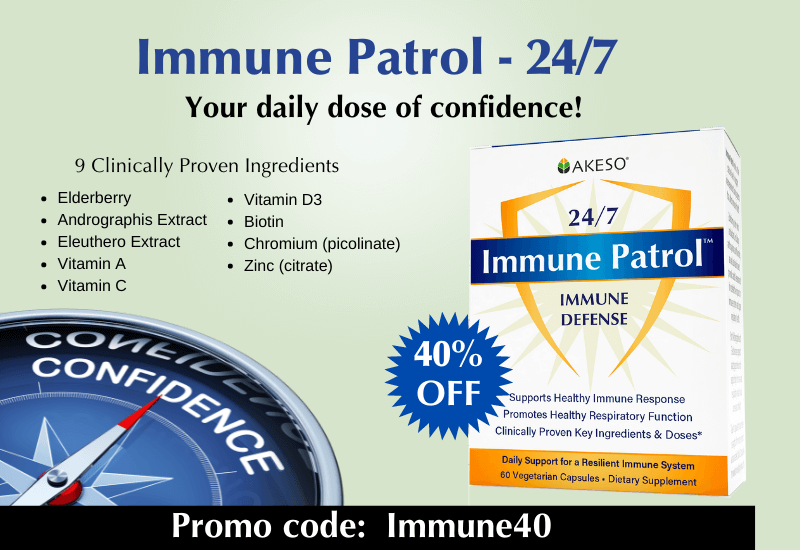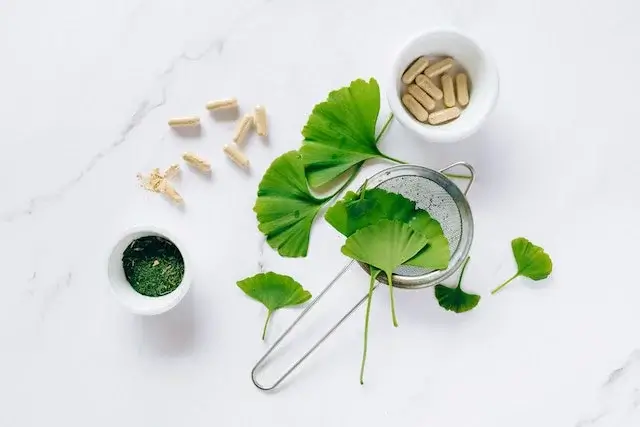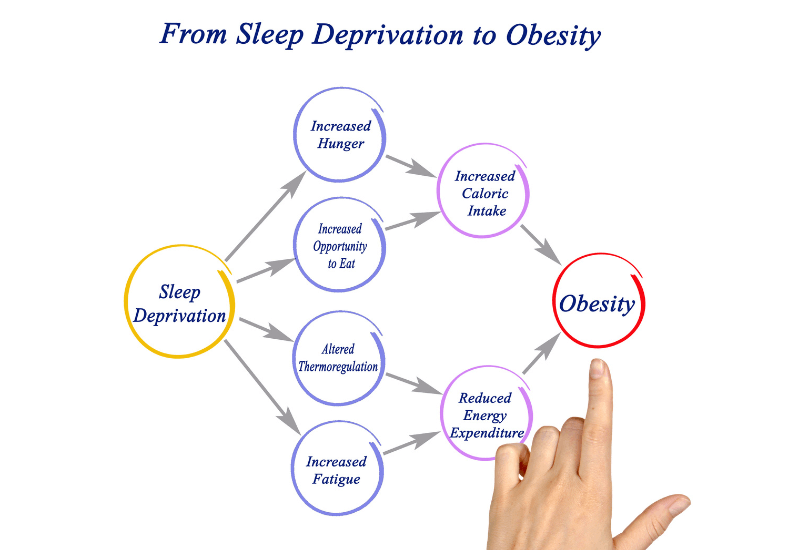Flu season is upon us, and according to data published recently by the Centers for Disease Control and Prevention (CDC), flu case numbers and hospitalizations are already at a record high. Adding extra support to your immune system arsenal is crucial, especially during the colder months.
In the United States, the winter flu season generally gets underway around December or January but this one started early and has been complicated by the simultaneous spread of other viruses. This year has also seen an unusually strong wave of RSV, or respiratory syncytial virus, a common cause of cold-like symptoms that can be serious for infants and the elderly.
In addition to the high numbers, we’re seeing already, epidemiologists believe that Australia’s flu season –which ends before ours (October) – can give us some indication as to how bad the flu season will be in the Northern Hemisphere.
Australia and New Zealand, which are in the Southern Hemisphere, experience their winter – and therefore their flu season – before ours, and this year both countries had their worst flu epidemics in five years. As we’re beginning to see in the US, the season started, and peaked, earlier than usual, giving the virus more time to spread. And according to government surveillance reports, cases were three times higher than the average.
Of course, predictions are just predictions, so there was no guarantee that our flu season would be as bad. But other factors, including the fact that Covid-19 is still in the picture, widespread vaccine reluctancy, unknown vaccine efficacy, and that folks are not wearing face masks or washing their hands as intently as they were doing it at the height of the pandemic, could indeed mean that more people are going to get sick with respiratory viruses, such as the flu, this year.
Update December 2022: This flu season’s ferocious start has led to record-shattering levels of transmission and massive strains on the American health system.
Some portion of this steep rise in cases is related to the fact that more people are being tested for the flu than in previous years. Over the month of November, about twice as many flu tests were done at clinical labs nationwide as during the same period last year (about 540,000 versus 265,000). More testing means more cases will get picked up.
However, there are corroborating warning signs that this is truly a bad season. Flu hospitalizations have been off the charts and are rising quickly.

Woman with flu
How to Stay Healthy This Cold and Flu Season
Viral infections like the influenza virus, Covid-19, and the common cold are illnesses caused by a variety of viruses that affect the upper or lower respiratory tract. Upper respiratory tract infections, like the flu and the common cold, affect the sinuses and the throat, and lower respiratory infections, such as bronchitis and pneumonia, affect the airway and the lungs. Other infections, like Covid-19, begin in the upper respiratory tract, and, in serious cases, might make their way down to the lower respiratory tract.
While the severity of these infections varies widely, the majority of viral respiratory illnesses get transmitted in the same way: by coming in direct contact with an ill person or an infected surface. Fortunately, there are several things you can do to lower your risk of catching a virus or getting seriously ill if you do get infected.
Develop Healthy Habits

Wash hands frequently
Get plenty of sleep
Sleep and the circadian system exert a strong regulatory influence on immune functions. During sleep, your body releases cytokines, which are essential for the regulation of the immune system. Cytokines are required in increased amounts when you are attacked by a pathogen or are under stress. The level of cytokines increase during sleep, and therefore lack of sleep hinders the body’s ability to fight infections.
Reduce stress when possible
Stress increases the levels of cortisol that circulate in the body. Elevated levels of cortisol can lead to decreased immune function. Evidence shows that the stress hormone decreases the body’s total number of lymphocytes, the number of white blood cells that help fight off infection. The fewer lymphocytes the body has, the more at risk it is for viruses and bugs.
Stress can also impact the immune system indirectly. Some people use unhealthy behaviors to cope with stress such as smoking, excessive drinking, and overeating. These behaviors can also compromise the effectiveness of the immune system.
Wash your hands
You’ve probably heard this a million times before, but it’s worth repeating. Washing your hands with soap and water (or an alcohol-based hand sanitizer, if there isn’t soap and water available) is a simple and effective infection control measure that can reduce your risk of viral respiratory illnesses by up to 44%. Key times when you should be washing your hands include:
- Before and after eating
- Before and after being in contact with someone who’s ill
- After using public transportation
- When your hands are visibly soiled
- After getting home
- After coughing, sneezing, or blowing your nose
Developing health habits is not enough…
Bolster Your Immune System with an Immune Support Supplement

Developing healthy habits is important to support your immune system and help it defend against those stressors while lowering your risk of further issues.
However, even if you do your best to adopt healthy habits, at times your immune system could still face challenges.
This is where a powerful immune support supplement comes in.
A strong immune system is what stands between you and your fight against disease and infection. Amidst the past and recent challenges to our health, taking extra measures to ensure you stay healthy includes fortifying your system with critical immune boosting vitamins, minerals and herbal extracts that have been clinically proven to promote the body’s natural innate and adaptive immune mechanisms and provide powerful antioxidant support for a healthy response to immune stressors.
Benefits of an Immune Support Supplement
There have now been many studies demonstrating that the supplementation of specific vitamins, minerals and plant extracts can quickly and significantly improve immunity. For a more in-depth analysis read our Immunity White Paper at ImmunityWhitePaper.com The right immune supplements at the correct doses can;
- Promote a healthy immune response
- Support a healthy inflammatory response.
- Provide antioxidants
- Stimulate immune cells
- Help ward off illness
Which Immune Support Supplements Yield the Best Results?
This well-researched immune-modulating super nutrient combination is a must!
- Vitamins: A, C, D3, and Biotin (B7) – Known for boosting overall wellness and their strong antioxidant, anti-inflammatory, antiviral and antibacterial properties as well as stimulating immune cells
- Minerals: Zinc and Chromium Picolinate – Known for regulating immune response and fighting free-radicals
- Herbal Extracts: Elderberry, Andrographis, Eleuthero (Sibering Ginseng) – Protect against oxidative stress and activate immune cells
Vitamin A is another essential vitamin that aides in immune support. It helps regulate the response of the immune system and supports the body’s ability to fight infections. It also regulates the antibody response of the immune system.
Vitamin D – is essential for immune function and has an overall protective effective. It is known for promoting a healthy immune response. Low levels of Vitamin D can lead to compromised immune function and an increased risk of upper respiratory infections. The role that vitamin D plays in keeping the immune system healthy is very complex because the immune system has to be perfectly balanced. If there is too much stimulation, autoimmune diseases can occur. If there is not enough immune system activity, frequent infections can occur. Evidence shows that daily and weekly vitamin D supplementation can help keep the immune system balanced and working properly especially during cold and flu season.
Vitamin C is critical to our immunity. It is a powerful antioxidant that helps protect against damage from free radicals and oxidative stress, plus it can help promote the production of white blood cells and protect against upper respiratory infections. Vitamin C is also necessary for cellular death, which helps keep your immune system healthy by clearing out old cells and replacing them with new ones.
Biotin (Vitamin B7) has been deemed by medical experts as indispensable in human health. Biotin affects immune cell expression and improves blood glucose management in the body. Sugar has detrimental effects on the immune system. Biotin also supports energy.
Zinc acts as the gatekeeper of immune function. It specifically protects tissue barriers in the body and protects against foreign pathogens. It increases the strength of the immune system and promotes a healthy inflammatory response and healthy respiratory function.
Chromium (Picolinate) promotes a healthy metabolic system and helps regulate blood glucose. Although glucose is vital for the proper function of immune cells, a high amount of glucose can lead to impaired function of the immune system.
Elderberry (Sambucus) is a plant packed with antioxidants and vitamins that boost your immune system and enhance the immune response. It may also help reduce inflammation, lower stress, and protect your heart.
Andographis is known for its anti-inflammatory effects. This herb contains andrographolide, a terpenoid compound found to have antiviral effects against respiratory-disease-causing viruses. It also exhibits immunomodulatory effects by effectively enhancing cytotoxic T cells, natural killer (NK) cells, phagocytosis, and antibody-dependent cell-mediated cytotoxicity (ADCC).
Eleuthero (Siberian Ginseng) has been shown to modify immune responses and is mainly used for its immune-stimulant properties.
Important note: Combining Andrographis and Eleuthero work synergistically meaning they enhance each other’s immune boosting potency and effectiveness substantially.
The Takeaway –
We are in the midst of a record high flu season. Many people experienced major life changes and picked up unhealthy hard to break habits during the prior pandemic lockdown including unhealthy diet, reduced exercise and poor sleep – all stressors that can weaken the immune system. Even if you do your best to adopt healthy habits, at times your immune system could still face challenges and adding a powerful immune supplement to your immune system arsenal can make all the difference!
Consider Akeso’s 24/7 Immune Defense Supplement, a 9 in 1 Combination of Nature’s Top Defenders
SAVE 40% – COLD & FLU SEASON SALE























